A remarkable case of ancient violence has been discovered in a prehistoric burial site at 1,800 meters above sea level in the Catalan Pyrenees.

Archaeologists found a flint arrowhead embedded in the rib of a human skeleton, an unequivocal and unusual testimony to conflict in the region more than 4,000 years ago. The injury has definitive signs of healing, suggesting that the individual lived for some time after the attack before eventually dying.
The discovery was made at the Roc de les Orenetes archaeological site in Queralbs, Girona, northeastern Spain. The arrow had been shot from the back and remained lodged in the rib bone, which continued to heal later—a clear indication that the victim survived the wound.

Since 2019, excavations have been in progress at this high-altitude collective burial site under the direction of Dr. Carlos Tornero of the Universitat Autònoma de Barcelona (UAB) and the Institut Català de Paleoecologia Humana i Evolució Social (IPHES-CERCA). The skeletal remains are being examined by Dr. Miguel Ángel Moreno of the University of Edinburgh.

The arrowhead will also undergo further investigation at the National Research Centre on Human Evolution (CENIEH) in Burgos using X-ray microtomography. Chemical and genomic analyses will then be carried out in laboratories in Barcelona and the United States.
Roc de les Orenetes is one of the few European high-mountain burial sites that contains such a large and well-preserved collection of human remains. It is an extraordinary source of information on the daily life, death, and social interactions—including instances of violence—of the Bronze Age communities residing in these mountainous regions.



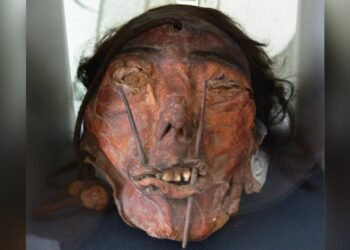
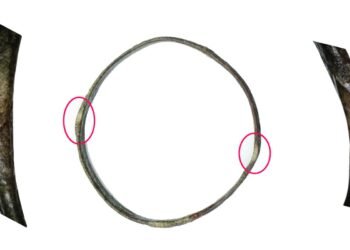
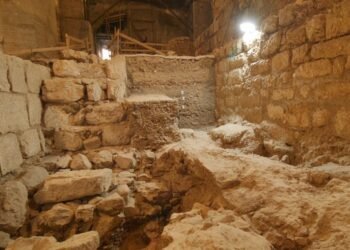
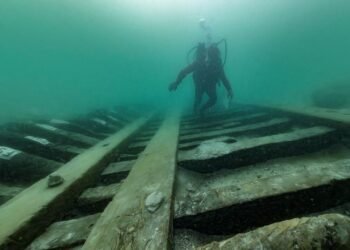

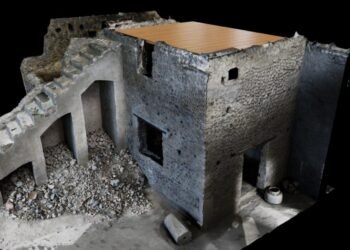














Comments 0